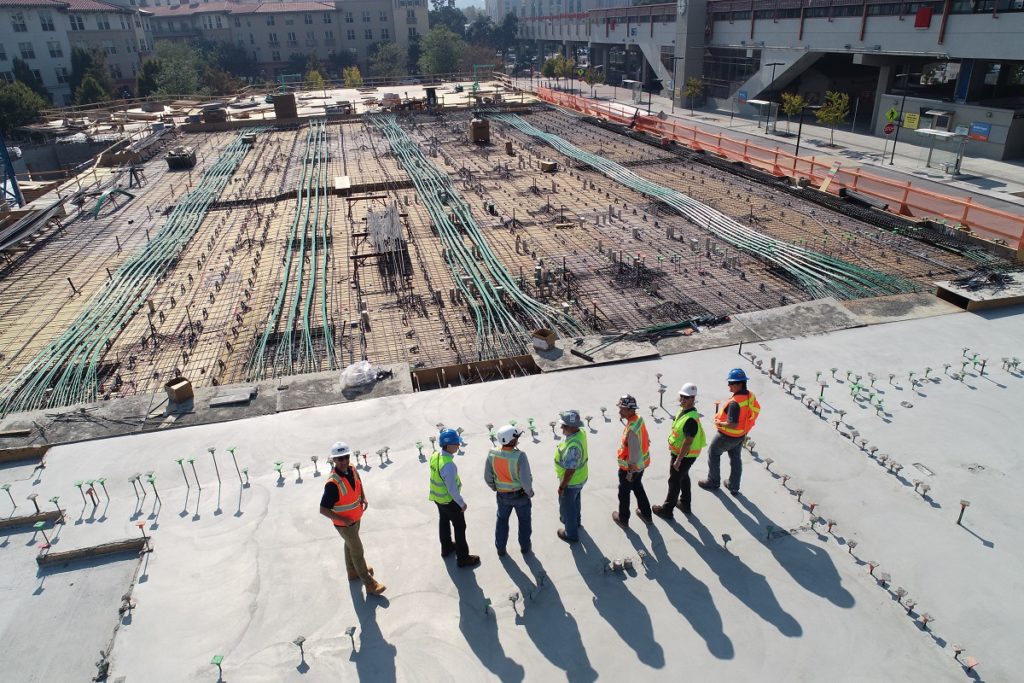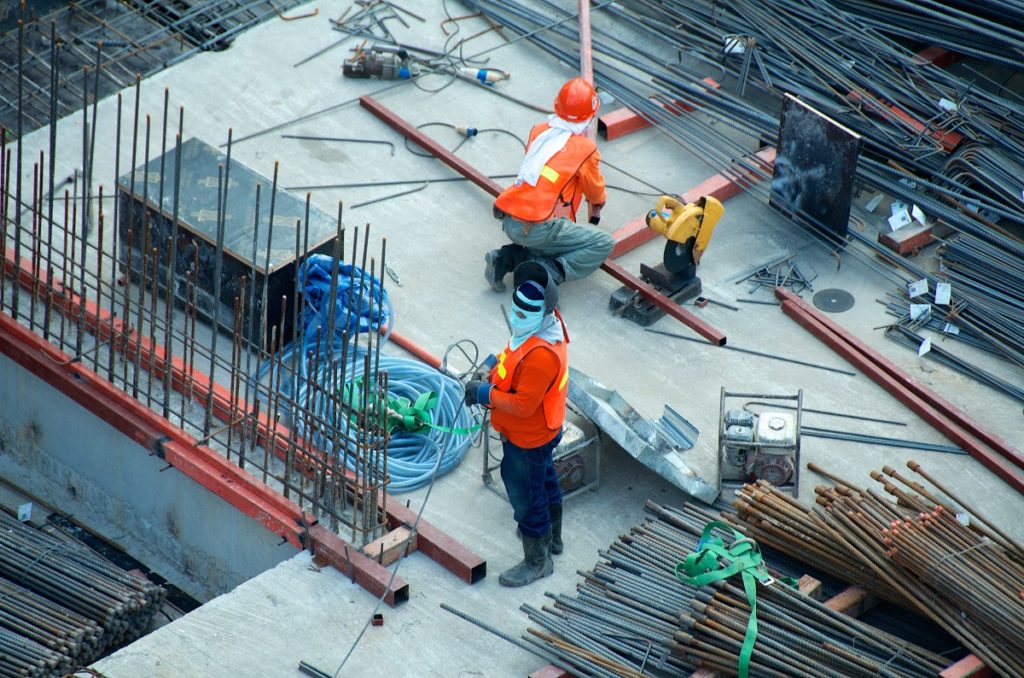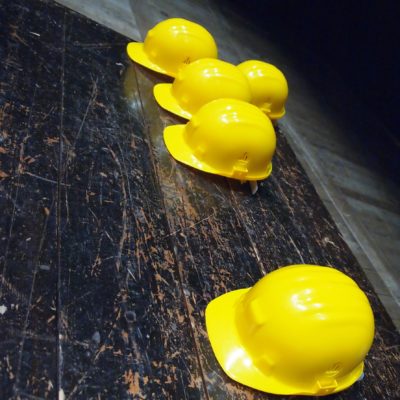Important VAT accounting change for construction supplies
What is the Reverse Charge and will this affect me?
If you make and/or receive supplies of construction services, where payments are required to be reported through the Construction Industry Scheme (CIS) then this change may affect you.
The change will apply to the supply of construction services between VAT registered contractors and sub-contractors which are subject to VAT at the standard rate of 20% and the reduced rate of 5%.
- It will not affect end users, which are those customers who will not make an onward supply of the construction services. The legislation also allows for those connected to end users, including landlords or tenants, to be treated as end users. Therefore intra-group and leasing re-charges of building and construction services connected to the end user will be excluded from the reverse charge.
- It will not affect zero rated supplies, such as construction services supplied in building a new dwelling.
- It will not affect supplies to any customer who is not VAT registered, in such cases VAT should be applied as normal.
HMRC guidance may be found here. This guidance includes information on how and when to check if your customer is an end user and gives an example of wording that should be used when evidencing this, see When to check if your customer is VAT and CIS registered or an end user.
What is a reverse charge?
VAT normally works whereby a supplier of goods or services charges their customer VAT and then pays the VAT on the supply to HMRC as output tax; the customer then claims the VAT back as input tax.
The reverse charge system moves both sides of this accounting to the customer. The supplier no longer charges VAT, instead, the customer charges themselves VAT and pays directly to HMRC as output tax. The customer claims the VAT back on the supply as input tax (subject to the normal rules on claiming VAT).
Partially exempt businesses receiving such supplies will have to account for the full output tax on the supply, and will only be able to claim the input tax subject to the normal partial exemption restrictions and de minimis limits.
How do I invoice for supplies of construction services subject to the new reverse charge?
If you sell construction services under the reverse charge procedure you will need to obtain your customer’s VAT registration number and satisfy yourself, as far as possible, that the number is genuine and the goods or services are being bought for a business purpose.
A VAT invoice will still be required for supplies of construction services subject to the new reverse charge. This invoice should show all the information normally required on a VAT invoice, except that VAT must not be included in the amount shown on the invoice as ‘VAT charged’.
The invoice must include reference to the reverse charge and be marked:-
- reverse charge: VAT Act 1994 Section 55A applies, or
- reverse charge: S55A VATA 94 applies, or
- reverse charge: Customer to pay the VAT to HMRC
The invoice should also include the amount of VAT to be accounted for by the customer under the reverse charge, this is the amount of VAT that you would have charged if the supply had not been subject to the reverse charge.
If you produce VAT invoices using an IT system that cannot show the amount of VAT to be accounted for under the reverse charge, then the wording of the invoice should include a legend such as “customer to account to HMRC for the reverse charge output tax at standard rate/reduced rate (delete as applicable) on the VAT-exclusive price of items marked reverse charge”.
How do I account for construction supplies subject to the new reverse charge on my VAT return?
When you make a reverse charge supply you must include the VAT exclusive value of that supply in the total value of sales in Box 6 on your VAT return. There will be no output tax in Box 1 because that is the responsibility of your customer.
How do I account for construction purchases subject to the new reverse charge on my VAT return?
When you receive a reverse charge supply you must enter the output VAT payable in Box 1 of your VAT return, but do not include the value of the supply in Box 6.
You may also claim input VAT, subject to the normal rules, by including it in Box 4 of your VAT return, the VAT exclusive value should be entered in Box 7.
Major accounting software suppliers including SAGE, Xero, and Quickbooks already have default tax codes for domestic reverse charge supplies liable to VAT at 20%. We expect them to introduce additional codes for domestic reverse charges subject to VAT at 5% in time for 01 October 19.
If you have any queries check with your software supplier or contact our Business Services Team for advice.

Which specific construction services will this apply to?
The supplies affected are pretty much everything:-
- Construction, alteration, repair, extension, demolition or dismantling of buildings or structures (whether permanent or not), including offshore installations.
- Construction, alteration, repair, extension or demolition of any works forming, or to form, part of the land, including (in particular) walls, roadworks, power-lines, electronic communications apparatus, aircraft runways, docks and harbours, railways, inland waterways, pipe-lines, reservoirs, water-mains, wells, sewers, industrial plant and installations for purposes of land drainage, coast protection or defence.
- Installation in any building or structure of systems of heating, lighting, air-conditioning, ventilation, power supply, drainage, sanitation, water supply or fire protection.
- Internal cleaning of buildings and structures, so far as carried out in the course of their construction, alteration, repair, extension or restoration.
- Painting or decorating the internal or external surfaces of any building or structure.
- It also applies to services which form an integral part of, or are preparatory to, or are for rendering complete, the services described in the bullet points above including site clearance, earth-moving excavation, tunnelling and boring, laying of foundations, erection of scaffolding, site restoration, landscaping and the provision of roadways and other access works.
What about mixed supplies?
If there is a reverse charge element in a supply, then the whole supply will be subject to the reverse charge.
What if I use the Flat Rate Scheme?
If you use the Flat Rate Scheme you should give special consideration to whether you should continue to use the scheme after 01 October 2020.
The issue is that reverse charge supplies are excluded from FRS. This means that if you only make reverse charge supplies your FRS VAT returns will be nil, in which case you will not receive any benefit for your input tax. Normally when using FRS, you pay HMRC less ‘output tax’ than that you have charged your customers, based on the difference between 20% and your FRS rate, with this difference giving you what is in effect an allowance for your input tax. If you have no FRS supplies to declare, you will lose this benefit.
Why is it being introduced?
The government are introducing this in response to organised criminal attacks on the VAT system in the construction sector. The essence of the problem has been VAT being charged on construction services, and this VAT then not being declared/paid to HMRC.
This has become a standard HMRC response to this type of issue, and domestic reverse charges have previously been introduced on certain supplies of mobile phones, computer chips, wholesale gas and electricity, wholesale telecommunications, and emission allowances.
If you have any queries please do not hesitate to contact our VAT Team for advice.



 VAT: New Reverse Charge for Building & Construction Services
VAT: New Reverse Charge for Building & Construction Services